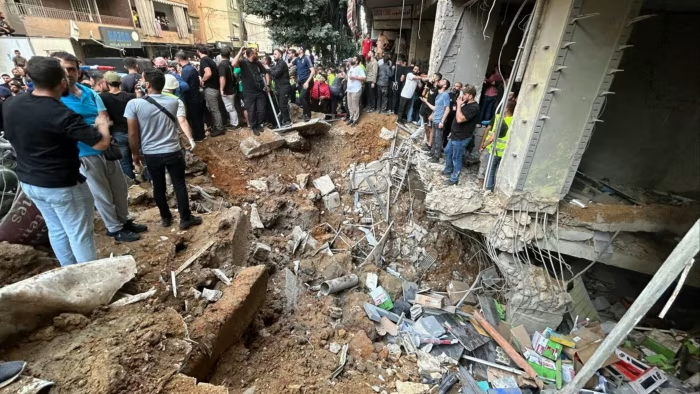The attacks against al-Tanf base in Syria have been perpetrated by Iranian militant groups. Al-Tanf strikes represent new wave of US-Iran encounter.
American authorities suspect Iran to be the perpetrator of a drone strike against an American military station in Syria. The Associated Press quoted unknown authorities according to which Washington considers Iran as the main contributor and supporter in the strike. The sources, however, stressed that the drones did not fly from the Iranian soils.
These high-rank officials also expressed that the air systems were Iranian, and Tehran appeared to have aided their deployment. They suspect up to five drones equipped with explosives were used in the strikes. The sources talked on condition of anonymity, considering the fact that US administration refrained from acknowledging Iran’s hard push.
The drones attacked al-Tanf base where the US forces use to train Syrian troops. The facility is on a corridor that connects Iranian-backed troops in Lebanon and Israel with Iran. The American sources reported no casualties following the incident. The attacks occurred in a time of potential escalating conflict between the Washington and Tehran.
Questioned regarding the claim during a press briefing yesterday, Pentagon spokesperson declined to comment. John Kirby sufficed to describing the al-Tanf attack as sophisticated, organized, and intentional. He further added that the US had experienced similar attacks in the past from Shiite militia groups sponsored by Iran. He didn’t go into detail, though, and stated he didn’t have any new information on the weaponry and other details.
The US government emphasized days ago that official political attempts to re-enter the JCPOA had reached a critical point, and that American has ran out of tolerance. The two sides seem to have entered another indirect regional duel in which the military troops will be the main target.
Al-Tanf Military Strike as a Political Response
Pentagon spokesman refused to disclose whether troops were notified before the al-Tanf attack or if the US planned to respond. “The protection and security of our troops overseas remain a paramount concern for the secretary. If there is to be a response, it will be at a time, a place, and in a manner that we determine, and we will not get ahead of those kinds of determinations,” Kirby asserted.
Pentagon’s response to Iranian hostilities at al-Tanf signals further deterioration of the regional conditions. The assault against al-Tanf, according to sources with affiliations to Iran, was by “Syria’s allies” – an obvious allusion to forces under the patronage of Iran. The attack was a response to an Israeli assault few days earlier near the old Syrian city of Palmyra. Local sources accused Israel for the attacks, while US authorities claimed that the US battlers had no role.
The United States contributes $3.5 billion annually to Israel’s army program. War monitor affirmed that the Israeli attack in Palmyra led to the death of a Syrian officer and three other soldiers .
Early in 2020, Iran unleashed a shower of ballistic missiles at Ain al-Assad base in Iraq, the most recent big Iranian assault on US positions in the region. It was a response to the assassination of Iranian Major General Qassem Soleimani days earlier. Although the US could foresee the approaching missile attack and was able to take appropriate position, the explosions caused dozens of US service personnel to suffer traumatic brain neuro-injuries.
The new round of attacks started in a condition that nuclear negotiations reached a stalemate following Iranians’ requirement. Iran called for a guarantee from US to remain committed to the deal, a response to Washington’s abrupt withdrawal in 2018.








